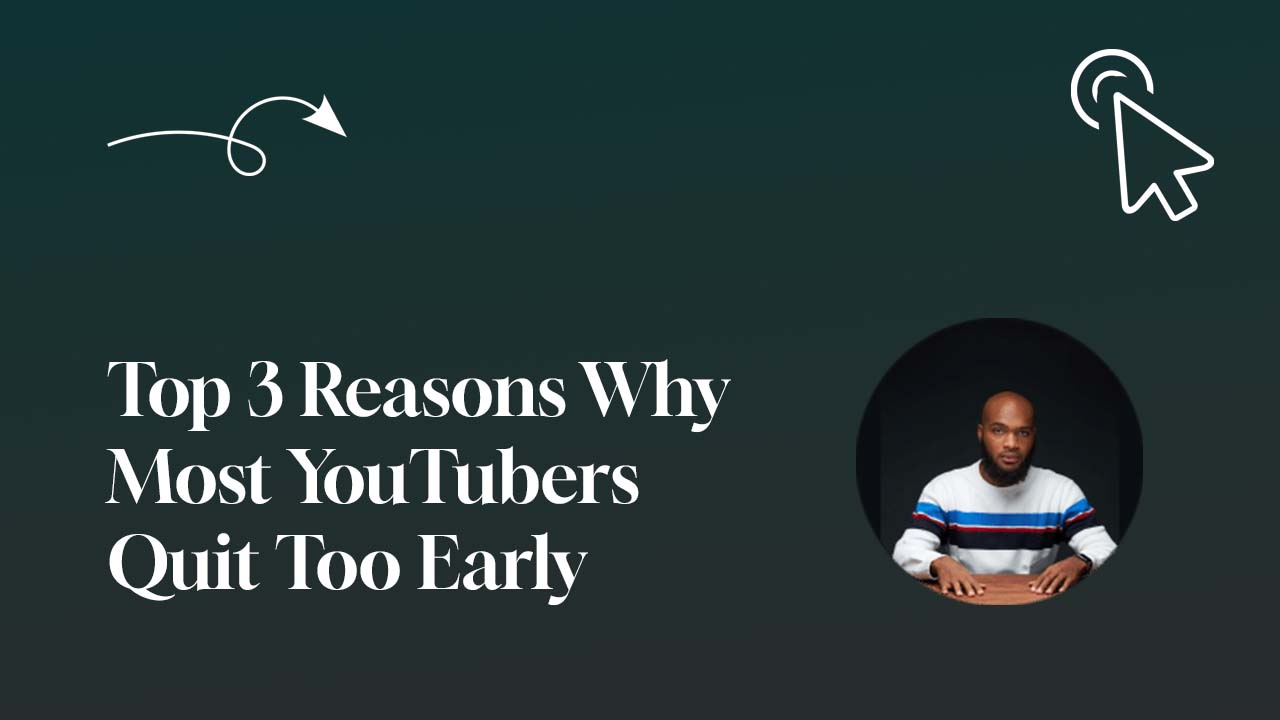You’ve been consistent.
You’ve been improving.
You’ve sharpened your titles. You’ve tightened your hooks.
But the views?
Still flat.
- No homepage traffic.
- No suggestions.
- No momentum.
It feels like the YouTube algorithm is ignoring you.
But here’s the ugly truth:
The algorithm isn’t broken. It just doesn’t trust you… yet.
Why the Algorithm Isn’t Working in Your Favor
YouTube’s job is simple: keep people watching.
So every time a user logs in, YouTube’s system asks:
“What’s the next video this person is most likely to watch?”
If your video doesn’t give a confident, data-backed answer to that question, it won’t be recommended, no matter how much effort you put in.
Not because your content is bad.
But because YouTube doesn’t know what your content is, or who it’s for.
This happens when your:
- The topic is vague
- Title lacks specificity
- Thumbnail fails to spark curiosity
- The intro takes too long
- Retention drops off early
In that case, both viewers and the algorithm scroll past.
And… YouTube moves on.
How to Get the Algorithm on Your Side
You don’t need more videos.
You need to become easier to recommend.
Here’s how to do it.
1. Clarify Your Channel’s Role
If you can’t explain what your channel is about in one clear sentence, neither can the algorithm.
Use this prompt:
“I help [who] with [what] by showing them [how].”
Examples:
- I help new YouTubers grow by simplifying strategy
- I help African creatives turn their passion into income
- I help people leave 9–5 jobs by sharing online income ideas
This is your YouTube positioning. The clearer your promise, the easier it is for YouTube to categorize and push your content.
2. Build Entry Points, Not Just Videos
Every video you upload should serve as an introduction to your channel for a stranger.
Ask yourself:
- Would a new viewer understand the value within 5 seconds?
- Does the title + thumbnail spark curiosity or solve a clear problem?
- Does the first 15 seconds deliver on the video’s promise?
If not, refine it.
You’re not just making content, you’re building context. Context that YouTube and your audience can both recognize at a glance.
3. Focus on the Right Signals
Views are a lagging indicator. You need to optimize for the signals YouTube actually uses to build trust:
- Click-Through Rate (CTR): Are people choosing your video when they see it?
- Retention: Are they sticking around after the click?
- Watch Time: Are you keeping attention long enough to signal value?
The better these metrics, the more the algorithm is willing to test and recommend your videos to new audiences.
Final Thought
The YouTube algorithm isn’t personal.
It’s pattern-based.
It needs confidence, not confusion.
So ask yourself:
- What is my channel really about?
- Who am I helping?
- Why should someone stay and watch?
When you answer those questions with clarity, YouTube will too.
Your channel doesn’t need more content. It needs more clarity.
And… clarity unlocks growth.
P.S. If you’re done guessing and ready to build a channel that grows with purpose, the YouTube Creator Academy can help. Inside, I walk you through how to refine your positioning, improve your messaging, and make videos that work with the algorithm, not against it.
👉 Join the YouTube Creator Academy
